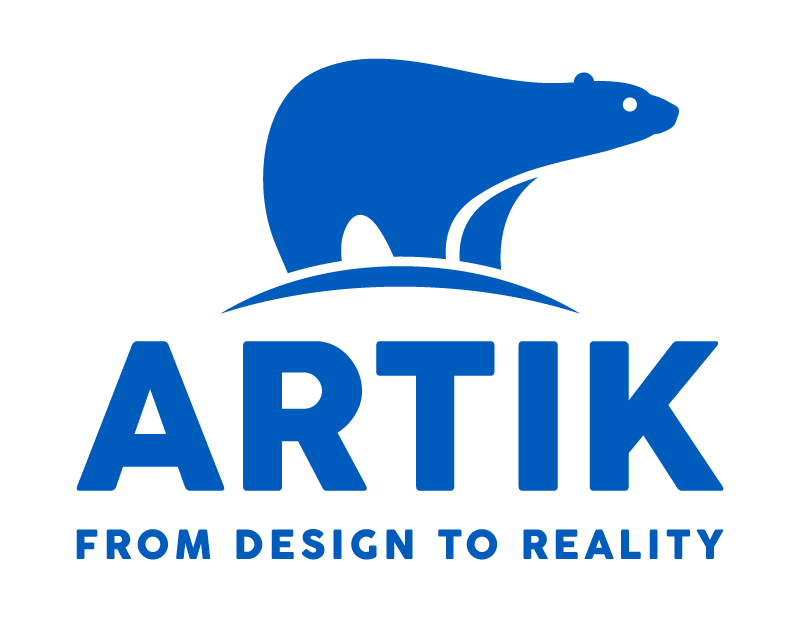
Although the apparel printing business has greatly evolved over the years, there are new technologies in the making which may bring about bigger and more dramatic changes than ever before. The following technologies are expected to impact, or are already impacting to some extent, the apparel printing industry:
-
Direct to Garment or “DTG”
Direct to garment is a modified inkjet printer with special ink that is placed right onto the shirt. This allows for realistic full colour prints with little setup costs. That being said, production time is slow and the T-shirts need to be pretreated with a special chemical. Some newer machines use a combination of screen and digital printing. This has led to innovations that have greatly expanded what is possible in the apparel printing business. This technology has saved setup time and has reduced or eliminated certain steps/processes (e.g., pre-treatment of shirts). Unfortunately, this technology’s capacity is limited at this time.
-
Sublimation technology
This process allows for full colour printing with inks that penetrate the fabric of the garment and feel soft to touch. This is an extremely popular option when using white, 100% polyester garments.
Sublimation often requires little to no setup. This technology is slowly expanding what can be printed and on what types of materials. It also has made it easier/possible to expand the use of UPF sun-protection, wicking/moisture control management technologies. In other words, it works hand-in-hand with these options. This technology is also used in combination with things like heathers and tri-blends, yet another improvement tool in the T-shirt printing business.
-
Bold new, flashy and explosive colors
Never to be underestimated, new chemical processes and innovative ink combinations are creating color arrangements that can provide dazzling visuals. Some of the bold new colors include things like “Safety Green,” “Wow Pink” and “Safety Orange.” Reflective and glow in the dark inks (as well as the previously mentioned sublimation) are also things to keep an eye on if you’re looking for trends. As an added bonus, these new inks are also safe for human contact, thanks to GNA and other industry high-quality & safety standards.
-
Ever-improving Special Wicking Materials
Thanks to its ability to pull moisture away from the skin, wicking material has become the choice in a variety of settings. It’s sometimes referred to by companies selling these high-tech., polyester blends as “breathable” clothing. These fabrics help keep users dry and comfortable even in extreme-weather or high-athletic-effort settings. They are widely used for runners, hikers and in many team sports.
-
Antimicrobial Fabrics
These fabrics first gained traction in the medical field. These fabrics could be found in hospital bed sheets and drapes because they use special chemicals to suppress the growth of bacterial microbes and microorganisms such as bacteria, fungi, yeast, and algae. This helps prevent mildew and controls odors in fabrics. In the last few years, these fabrics began to be incorporated in activewear garment lines that promote activities like cycling and yoga.
-
Continuously Improved Synthetics
Lab-produced fabrics sometimes offer a feel, durability, and flexibility that may have once been thought to be available only in natural fabrics (i.e., silk or cotton). This is an area, though, which may bring options to the table that may have once only been the stuff of sci-fi fantasy. Light-reflecting, water-proof clothing is now making way to “smart garments,” which, beginning with a synthetic fabric blend, offer performance boosts for athletes, and even offer improved movement for people with disabilities.
-
New Smart Fabric Technology: Cooling Yarns & Programmable Fibers
These materials will be important for 3-D printing uses and other soon-to-be-practical applications. This is only the tip of the iceberg, though, in terms of what this new technology can make available. Under development, for examples, are fabrics/textiles that can change color (as needed or required by the user), make use of Near Field Communication or NFC technology (capable of imparting messages/data to smart phones), and even self-healing/repairing fabrics.
Although not all of the technologies mentioned here are completely new, the fact remains that all of these are poised to make a significant difference in the apparel printing industry—even if some of them (like 3-D printing which is still in its infancy) may take another decade or two to be fully realized. New, programmable fibers may replace old standards like cotton and polyesters; furthermore, special, embeddable chips may make it easier to not only keep track of inventory but help stressed-out students find their pants in a pile of clothing.
All that being said, in terms of new technology, the future looks very promising indeed when it comes to new fabrics and apparel-electronics options. Our clothing may become close to something out of a comic book superhero’s closet, allowing us to be better versions of ourselves while performing a variety of tasks. Many people pretended to wear superhero costumes when they were younger. In the near future, “dress-up” might be a daily occurrence.

